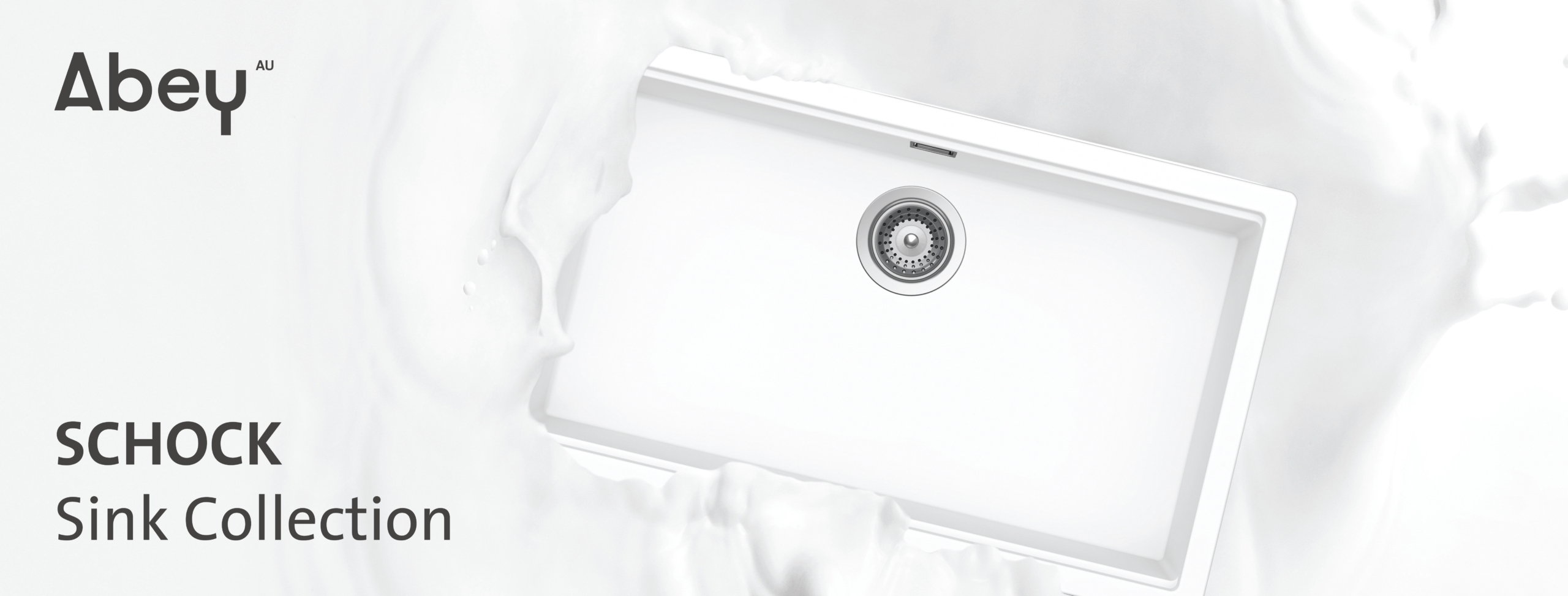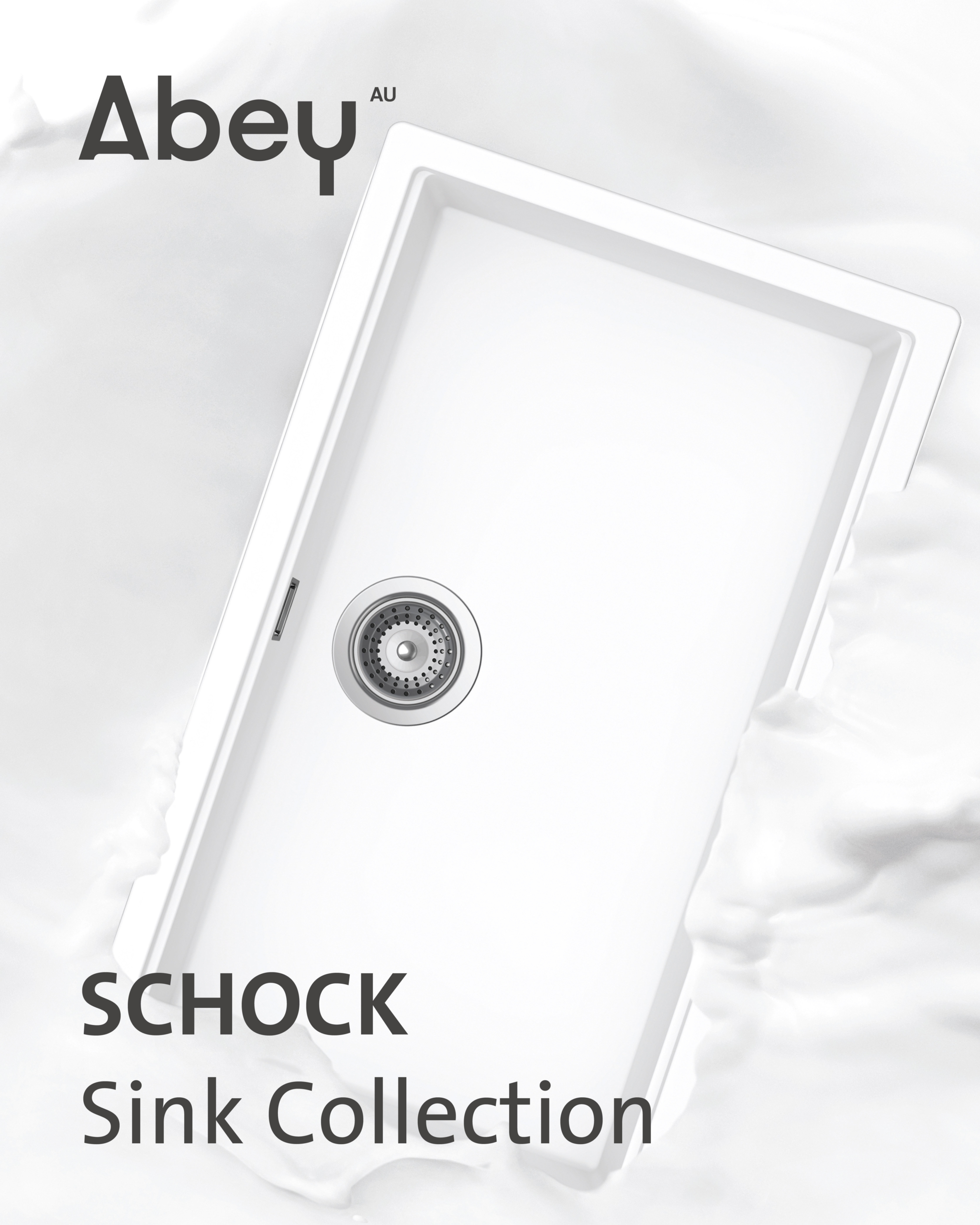
He may be known for an instinctive sense of colour and materiality but, in essence, the interior designer wants to craft spaces that evoke nostalgia and personality – and celebrate the creative community.
At the age of 12, David Flack decided he would be an interior designer. Growing up in Bendigo, Victoria, the life the adult Flack now has would feel like a dream for that country boy, but imagining and creating worlds from an early age has brought him to where he is now. It all started with a cubbyhouse. “It was probably a three-metre-by-three-metre box, two windows and a door,” recalls the interior designer. “I was so tall and it was big, so it was a little house, and I remember my dad put air conditioning in. I would just play in it all the time.” Reflecting further, Flack describes himself as “always an outcast as a kid. I was obviously queer from birth, so I didn’t necessarily ever find my world. I was just creating worlds for myself in hindsight, and looking back as an adult, that’s a really beautiful thing.”
As a child, Flack joined frequent site visits with his builder father in Bendigo but knew that he would need to leave in order to pursue his chosen vocation. “I loved growing up in the country, I didn’t know any different, but I was ready for this move,” he says of upping sticks to Melbourne to study. However, Flack dropped out after his first year, overwhelmed by the big smoke. “It was definitely that kid coming from the country to the city, that quintessential story,” he says. He transferred into business marketing for three years before going back to design and finishing his degree at Swinburne University of Technology.
While the hustle and bustle of the city was a shock, it was also an awakening for Flack. “I would say my life started at 19 when I moved to the city,” he says. “I found my people; I felt very comfortable in my own skin. I knew who I was. That sense of identity and belonging grounded me, so that has always been something that I apply to my work, too. I have the confidence to trust my instincts and trust my abilities.”
While studying, Flack worked at the lauded studio Hecker Phelan Guthrie – “I was completely thrilled. I was obsessed with all their work” – and when Kerry Phelan launched her own firm, KPDO, he was one of her first employees. Phelan has proven to be a mentor not only in work but in life, too. “I worked with her for four-and-a-half years and I loved it. I was so lucky to work with one of the best,” he says. “She’s the real deal, detail-oriented, firm – I learned a lot from her.”
Like many Australians in their 20s, London beckoned and Flack was keen to work with British designer Ilse Crawford, attracted to her philosophy of holistically led spaces based on human experience. However, he got sidetracked by designing “random jobs” for friends, including a butcher’s shop, as well as a terrace in East Melbourne, which to his relationships with suppliers – “the eternal whisperers of the industry” – and the power of word-of-mouth recommendations. “It’s about people. That’s how we operate. It’s creating a little community from day one.”
This line of thinking was essentially a mantra when creating Flack Studio’s headquarters in Fitzroy, a watershed moment for its founder when it was established in 2017 after three years toiling away. “When we got that studio, we were like, ‘Actually, this space is amazing. Let’s share it with people.’ The studio was quintessentially always going to be about me and our community and who we work with. So, from day one, that became its essence and the soul.” The space was rejuvenated in 2022 and opened at the start of 2023. “I just renovated the front room again. It’s always a testing ground,” he says. “We call it a giant 3D business card. It’s our world where we just create and you’re teleported into it.”
The Flack Studio universe is one in tactile technicolour: vibrant, material-first projects lauded for their kaleidoscopic balance of colour and texture, featuring anything from custom bars and curved vanities to stone floors and plaster-rendered walls. That aesthetic has developed over the course of the practice’s decade-long tenure. “There’s an evolution and there’s a maturity when an idea is extended and pushed,” says Flack. “I’m probably more interested in how materials play and the symphony of them: how they make you feel and how far I can push them. You can have this very eclectic mix of materials but, weirdly, they feel soft.”
There’s an inviting intimacy to the residential projects: they’re reflective of their owners but have a unique character unabashedly front and centre. There’s the elevated refinement of Middle Park (2020) and Elwood (2022), the mid-century-influenced and artistic free spirit of Carlton (2021), Troye Sivan’s Melbourne home – “it was a defining moment” – the Milanese-inflected confidence of Tamarama (2023) and Terrace (2024), and the vibrant personality of the practice’s first hotel project, Ace Hotel Sydney (2022), which has fast become a firm favourite for out-of-towners, with its venue, The Lobby, also becoming a local go-to for after-work drinks.
“The Ace was literally life-changing personally and professionally. It was the biggest thing ever, the hardest thing ever,” says Flack. “But it was so amazing and I’m so proud of it. I still can’t believe we did it. It’s now a place people can interact with and they have their own stories.”
One of the many collaborators Flack worked with on Ace Hotel Sydney is Brunswick East-based lighting practice Volker Haug Studio. Flack, Haug and their respective teams have now worked together on the Me & You collection, a series of lamps, wall sconces and pendant lights in a range of materials and finishes – such as powder-coated steel, glass, fibreglass, cast aluminium and brass – and first launched at Salone del Mobile last year. “It spawned out of nothing,” says the designer. “We worked really quickly and the studios are so aligned in some ways. It was just pure fun. It was the best thing I’ve ever done – I can say that. It’s so different and I learned so much. And I love that other people can share something of the studio now, too. You can have a part of us.”
Ultimately, the passage of time, experience and maturity have also shifted Flack’s worldview. “The more I travel, the more I engage with people, and it starts reflecting in the work,” he says. The expansion of Flack Studio includes not just the scope of projects – international work, multiple homes and, closer to our shores, the restoration of a riverside property in Melbourne’s Hawthorn owned by Andy Lee and Rebecca Harding – but the size of the team is now at 22, with a dedicated architectural arm led by Richie Bligh. “I feel like there’s this sense of maturity and determination,” says Flack. “For me, the evolution is now about the studio as a collective, not just me.”
While that cubbyhouse might seem a long time ago, Flack’s ability and passion to craft a world and find meaning within it remains unchanged. “I’ve always understood environments and how special they are for you personally. Getting to that level of emotional intelligence to what other people perceive and want in their space and just listening to them and understanding, that’s why I love doing all our projects. I love just deep diving into the spaces and the people and layering them with their lives.”
























